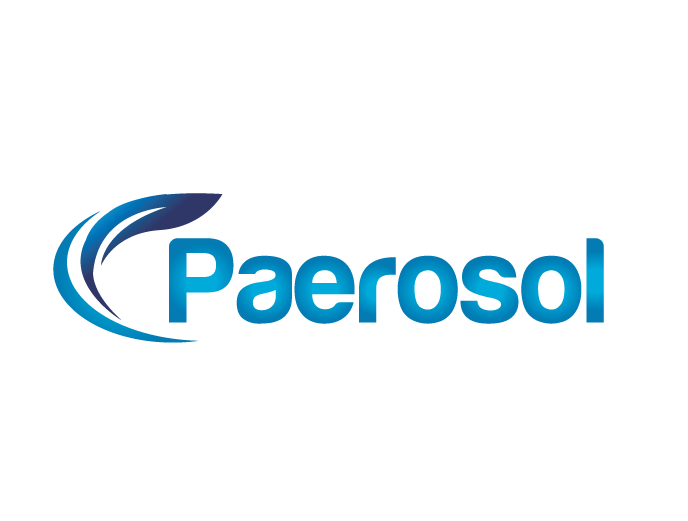Hot summer days are synonymous with water parks and water resorts. Millions of Americans flock to these uber pools to enjoy lazy rivers, daredevil slides, and tubing adventures. The popularity of both indoor and outdoor water parks contributes to the staggering increase in market size. According to Statista, the water park market size increased in 2022 to 3.4 billion USD, a leap from 2.3 billion the previous year. Making certain that customers have a great experience is more than just providing the thrill of the drop or the speed of the slide – it’s about maintaining the health and safety of the park.
Protecting the customer experience means maintaining the hygiene of several areas throughout the facility including:
- Pools, hot tubs, and water attractions
- Pool decks
- Splash pads
- Common areas like tables and benches
- Restaurants
- Bathrooms and changing areas
Failure to maintain the safety of any of these areas results in sick guests and potentially sick staff. Not just cleaning, but disinfecting public areas is critical to keeping the park open and customers safe.
Avoiding the spread of Recreational Water Illness (RWI) should be at the top of the list for water parks and resorts. This includes illness because of compromised pool water, as well as unhygienic pool decks, and splash pads. Contaminated water from human waste, pathogens, and viruses can result in infection of skin, eyes, ears, wounds, and respiratory tracts. Contact with this water can cause symptoms like diarrhea, vomiting, stomach cramps, and fever.
Preventing RWI includes stringent planning for season start-up, regular maintenance, and seasonal shut-down. Regular maintenance for year-round facilities like indoor water parks or resorts must consider not only regular upkeep, but also the proper construction materials required to withstand harsh chemicals and prevent mold growth.
Incorporating Disinfecting Into Your Maintenance
So how do you keep swimmers safe and guests returning time and again? Vigilant maintenance and employee training will not only prevent guest illness but keep every area in the water park sparkling. While guest safety and experience are the biggest factors, the cost of maintenance, life cycle of equipment, and curb appeal of the facility also play into choices made for waterpark upkeep.
What are the top considerations when planning maintenance to cover an entire water park facility or water park hotel and where do you start? Broadly, an inventory of equipment is critical to crafting a plan that includes a comprehensive cleaning schedule for each attraction. Scheduling the daily, weekly, and monthly cadence of cleaning and maintenance for these attractions should also incorporate downtime to replace equipment in the future. Every park needs a contingency plan for unexpected events, ideally specific to each piece of equipment. Establish a budget for operations that includes those emergent repairs and a long-term plan for future improvements. Document these routines and plans for compliance and training, and ultimately, liability. Lastly, educate the team. Ensure success with clear communication and guidance for best practices at your facility.
Many facilities design indoor water parks or amusement parks assuming that the considerations for construction are the same. Indoor pools require maintenance that far exceeds the cost of maintenance of outdoor pools. Indoor pool and water park environments off-gas chloramines (the byproduct forming from chlorine binding to human organics like sweat and urine), can become unpleasant and even dangerous in excessive quantities. Keeping indoor pools, decks, and the surrounding air clean requires systems that mitigate pathogens, mold, and the chemicals typically used to keep these areas hygienic. When guests enter the pool, the first thing they notice is the quality of the air in the space, so recirculation and proper chemical levels make a difference in first impressions.
Managing levels in pool chlorine helps to keep water clean and prevent illness but doesn’t guarantee the surfaces surrounding the pool are hygienic. Wet surfaces are ideal for many types of pathogens and mold growth. Improper disinfectant and ineffective pH levels put swimmers at risk and provide surfaces for dangerous growth. Using strong chemicals to combat this growth can be harmful to employees and guests and tarnish the experience.
Safe & Effective Disinfecting for Water Parks
One solution to this universal water park problem is the Paerosol platform, capable of killing 99.9999% of surface-borne mold, bacteria, and viruses. Paerosol is unique in that it is safe for use around people, making continuous cleaning and maintenance safe with guests present. Paerosol uses hypochlorous acid, a naturally occurring molecule, that can disinfect the air and every surface. Pool decks will be free and clear of pathogens and mold, and the air throughout the park can be improved for the safety of guests and employees.
Visit http://box2111.temp.domains/~nabashtw/paerosol.com/ to learn more about this non-toxic solution efficient in cleaning air and surface.
